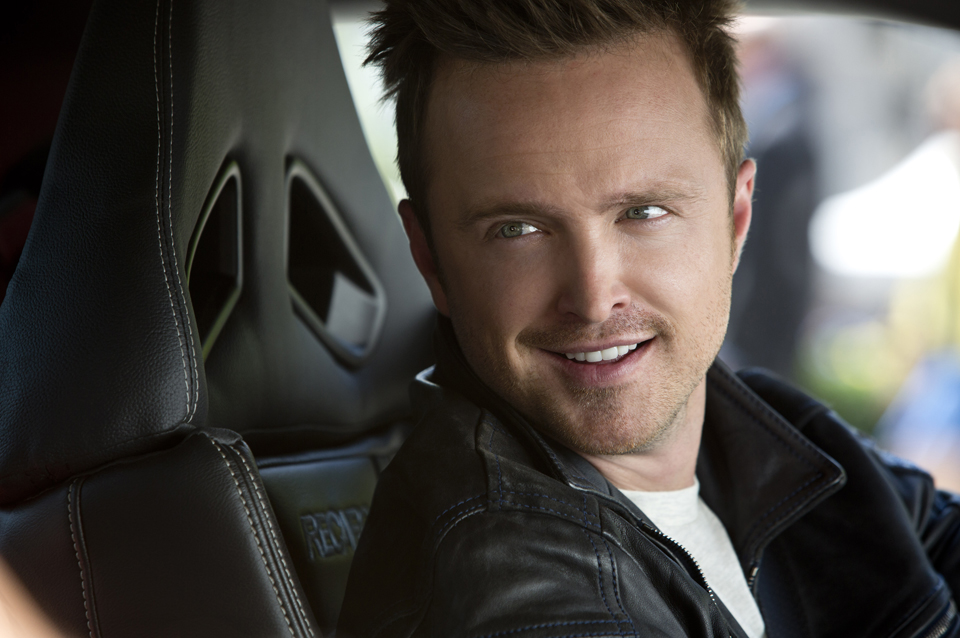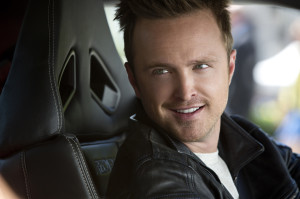

By: Joel Frehn | The Duquesne Duke
After sitting through some disappointing releases this semester, I entered the screening for what I assumed to be a standard blockbuster and walked away pleasantly surprised.
I have reviewed many action films and blockbusters for The Duke and Need for Speed, the film adaptation of the popular video game series, is a well-made blockbuster.
The film, released Friday, focuses on Tobey Marshall, played by Aaron Paul of Breaking Bad, who is wrongfully imprisoned for the murder of his friend and seeks revenge through a cross-country car race. The strengths of the film are its acting performances and cinematography, which is the best I have seen this season.
In Need for Speed, the lead performance is worth the price of admission alone. Aaron Paul breaks out of the character mold he made famous in Breaking Bad and creates a terrific performance of a man walking the tightrope of revenge. Dominic Cooper plays the villain in the film.
For Cooper, this is the first time he’s played a villain in a mainstream piece: audiences will know him from either the Ian Fleming miniseries or playing Iron Man’s father in Captain America: The First Avenger. With these two talents slugging it out, it would be all too easy for the other lead to be lost; but Imogen Poots stands out as well as Tobey’s partner in his odyssey and as a source of comic relief.
These terrific performances are framed beautifully through the masterful cinematography. The camera work in the film has its roots in several distinct traditions. Instead of carbon-copying shots from other films, director of photography Shane Hurlbut demonstrates an understanding of existing traditions and uses them appropriately.
For example, when Tobey is registering for the final race at the hotel, the camera follows him, creating the illusion that the audience is following him. This smooth horizontal movement – usually done with a camera on a dolly, is called a tracking shot. Along with creating said illusion, this shot also symbolizes the character’s fish-out-of-water experience: beforehand, Tobey’s environments consisted of the garage, a blue collar community and of course, prison. Entering an ornate hotel and encountering the upper class is shown to create discomfort.
Another strand of cinematography present in the film is the point-of-view shot. Examples of this include close ups of Tobey’s hands on the wheel or perspective through the windshield. These shots allow the audience to see the world through Tobey’s eyes for a few moments. These shots not only add tension to the adrenaline soaked chase scenes, but also replicate the perspective found in the Need for Speed video games.
While the performances and cinematography are great in the film, the plot is not of the same caliber. There are no surprises to be found and the structure of the Need For Speed is as predictable as the race-course the characters drive. This is partly a result of the tidal wave of car flicks that smashed American box offices, such as the Fast and Furious series that has depleted the number of available narrative models available to filmmakers. Aside from the over-saturation, tales of revenge have a common narrative body, which also lends to the predictability.
Need For Speed is beautifully shot and acted, but has a narrative that suffers due to the inherent predictability of the genre and over-saturation of films before its release.

